Chiropractic care for scoliosis in Singapore
Looking for an alternative to surgery or braces to help with scoliosis? Read more about how chiropractic can help.
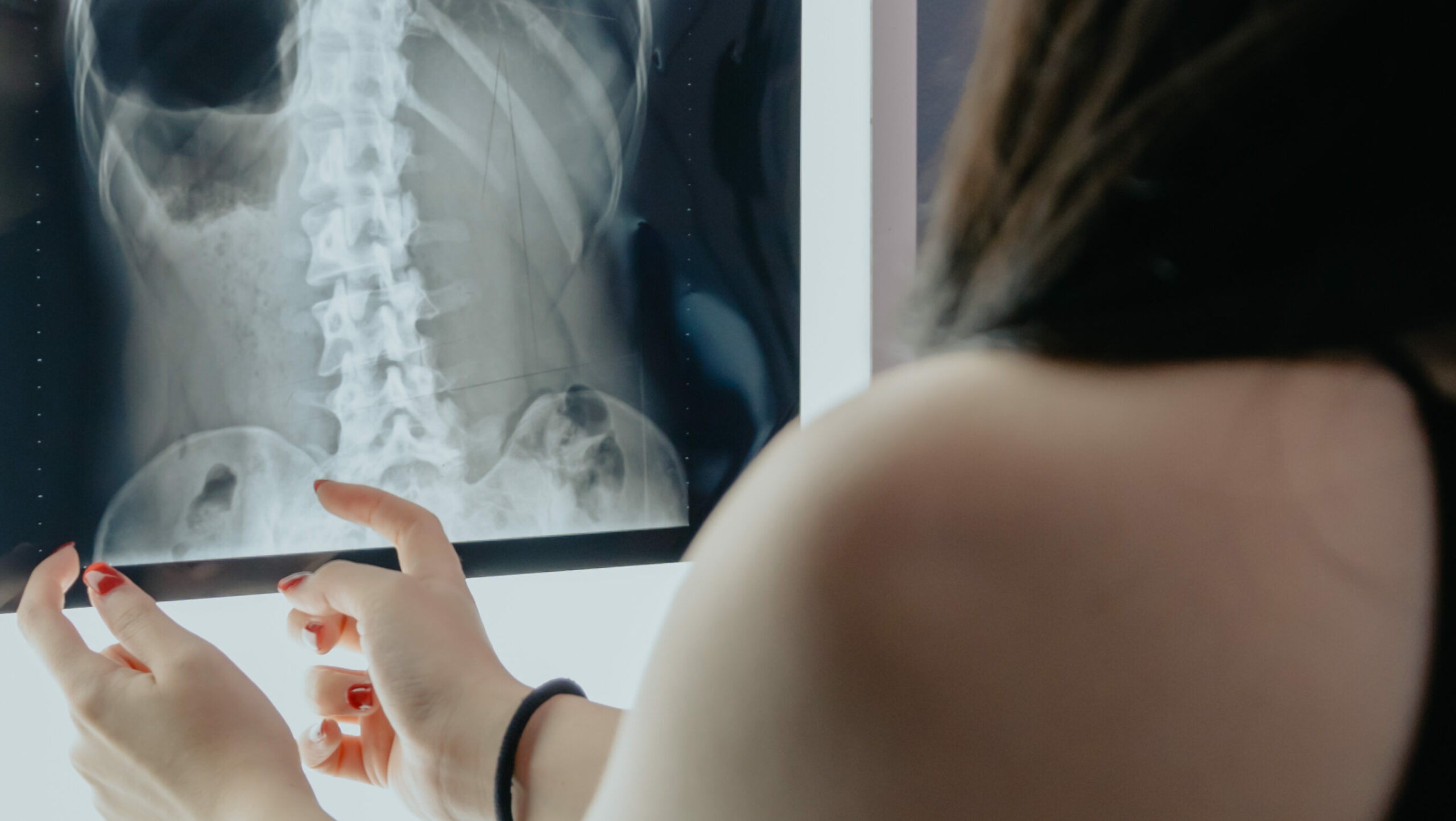

Often confused with poor posture, scoliosis is an abnormal curvature of the spine due to genetic disposition. Detection should be done at a younger age for ease of treatment. If left untreated, scoliosis can lead to severe, long-term consequences.
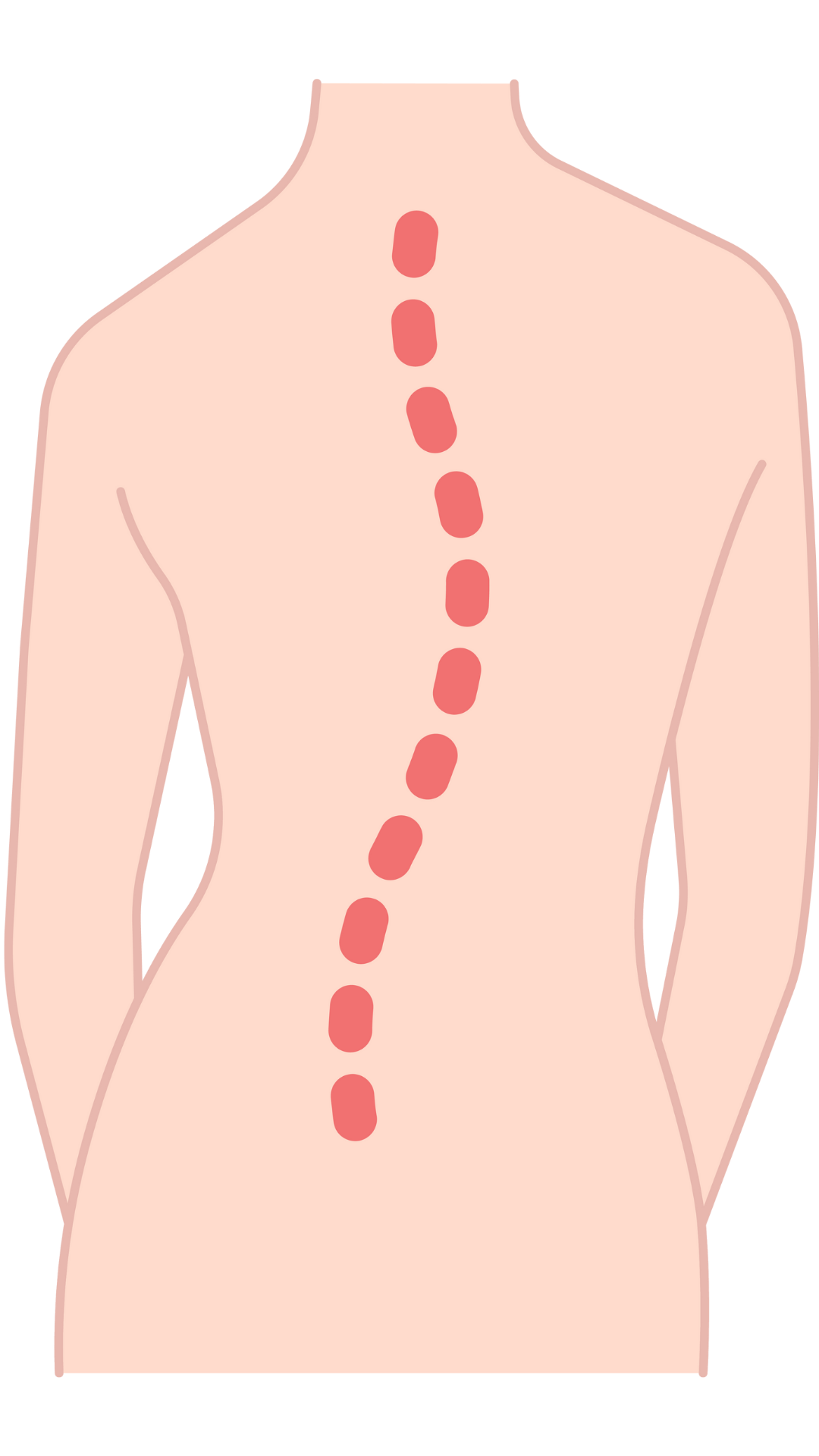
Scoliosis is an abnormal curvature of the spine that measures more than 10 degrees.
Often, scoliosis is confused with having poor posture. Scoliosis is mainly due to genetic factors causing uneven spinal growth, whereas poor posture is the result of bad postural habits over time.
People typically think of a “S”-shaped or “C”-shaped spine instead of a straight spine when you mention scoliosis. That’s correct! A curvature of more than 10 degrees in the spine is considered scoliosis. However, there are different protocols depending on the severity of the curvature.
The typical protocols for scoliosis are:
Scoliosis does not happen overnight. Typically, the curves worsen at a rate of 1 degree a month. However, this can speed up during the adolescent growth spurt. An extreme case of scoliosis can result in death while mild scoliosis can cause distortions in posture and appearance.
Have you observed any of the following effects of scoliosis?
These may cause you to suspect if you or your child has scoliosis. In Singapore, the School Health Services (SHS) of the Youth Preventive Services Division (YPSD) visit schools annually to provide health screenings, which include screening for scoliosis.
If your child has not been screened but you are concerned, we strongly recommend bringing your child for a check-up.
While there might be outward signs of scoliosis that might affect the appearance, the more worrying effect of scoliosis if left untreated (depending on severity) is the rib cage pressing against organs and causing complications. These complications can lead to:
The most prevalent type of scoliosis is ‘idiopathic’, meaning the cause of it is unknown. 80% of all cases are idiopathic. The remaining 20% are caused by neuromuscular, congenital, degenerative and traumatic reasons. While there have been many speculations on the causes, scoliosis is NOT caused by:
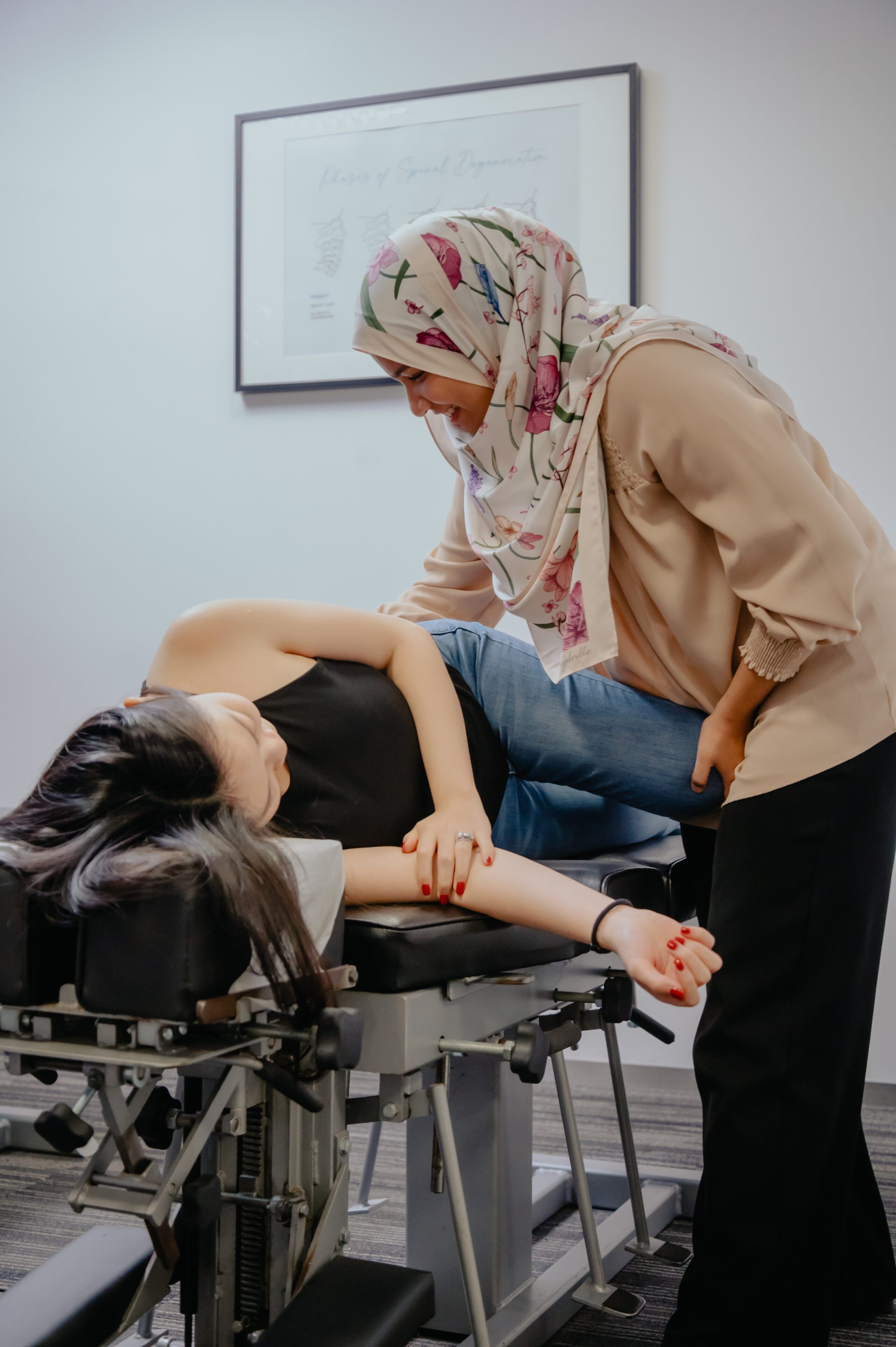
Yes, you can. It is not uncommon for idiopathic scoliosis to go unnoticed in their adolescent days. Most mild scoliosis do not have obvious symptoms and it can be really difficult to diagnose with a naked eye. When this type of scoliosis continues into adulthood, it’s called adult idiopathic scoliosis.
Another type of scoliosis commonly observed among adults is degenerative scoliosis/ osteoarthritis/ spondylosis. When subluxation is not treated early, this can be dangerous! Our bones start to degenerate and our spinal discs lose its height, further worsening the damage to our spine. When the damage is asymmetrical, this causes titling and slipping between the vertebrae, resulting in an abnormal curve.
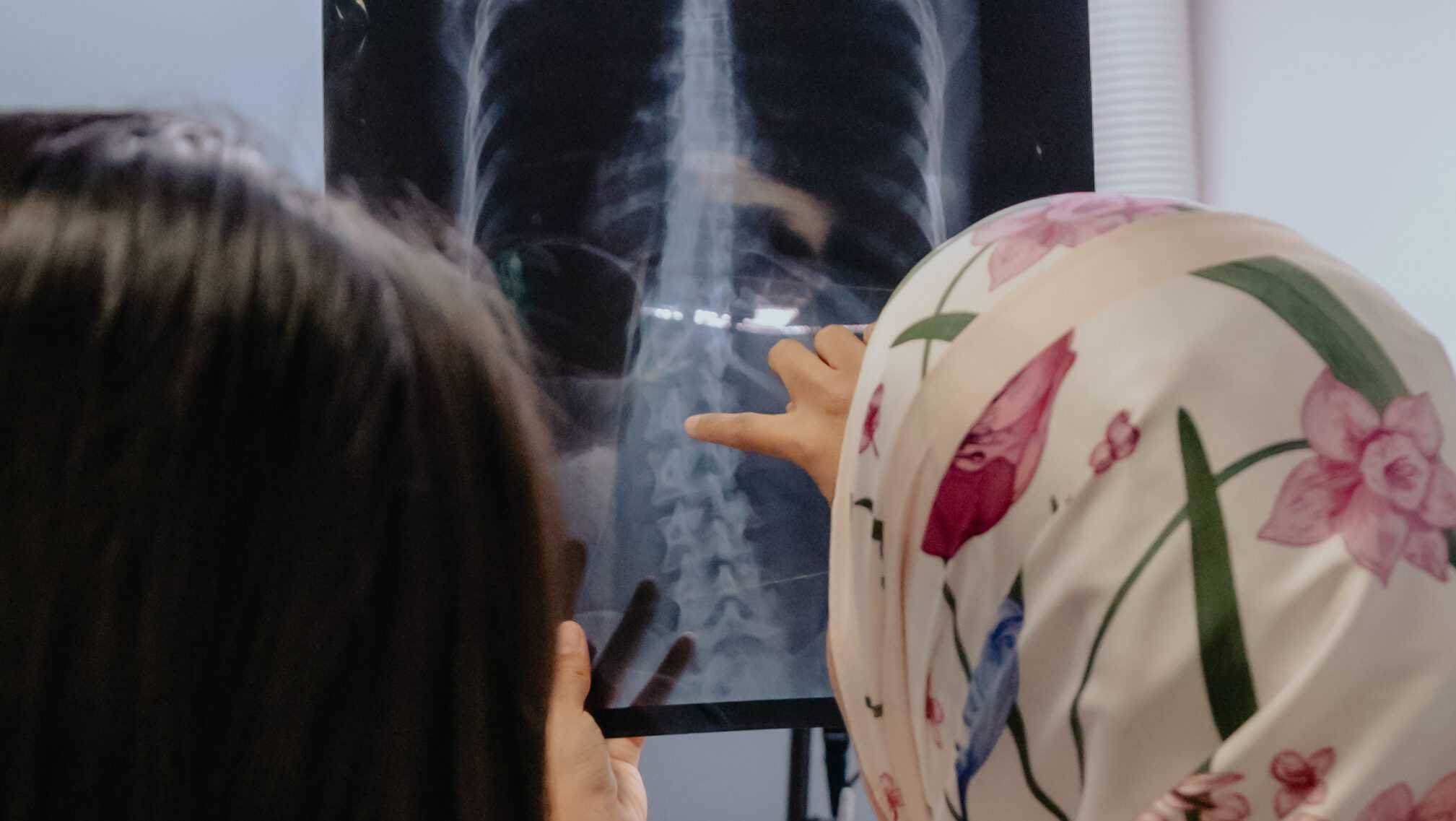
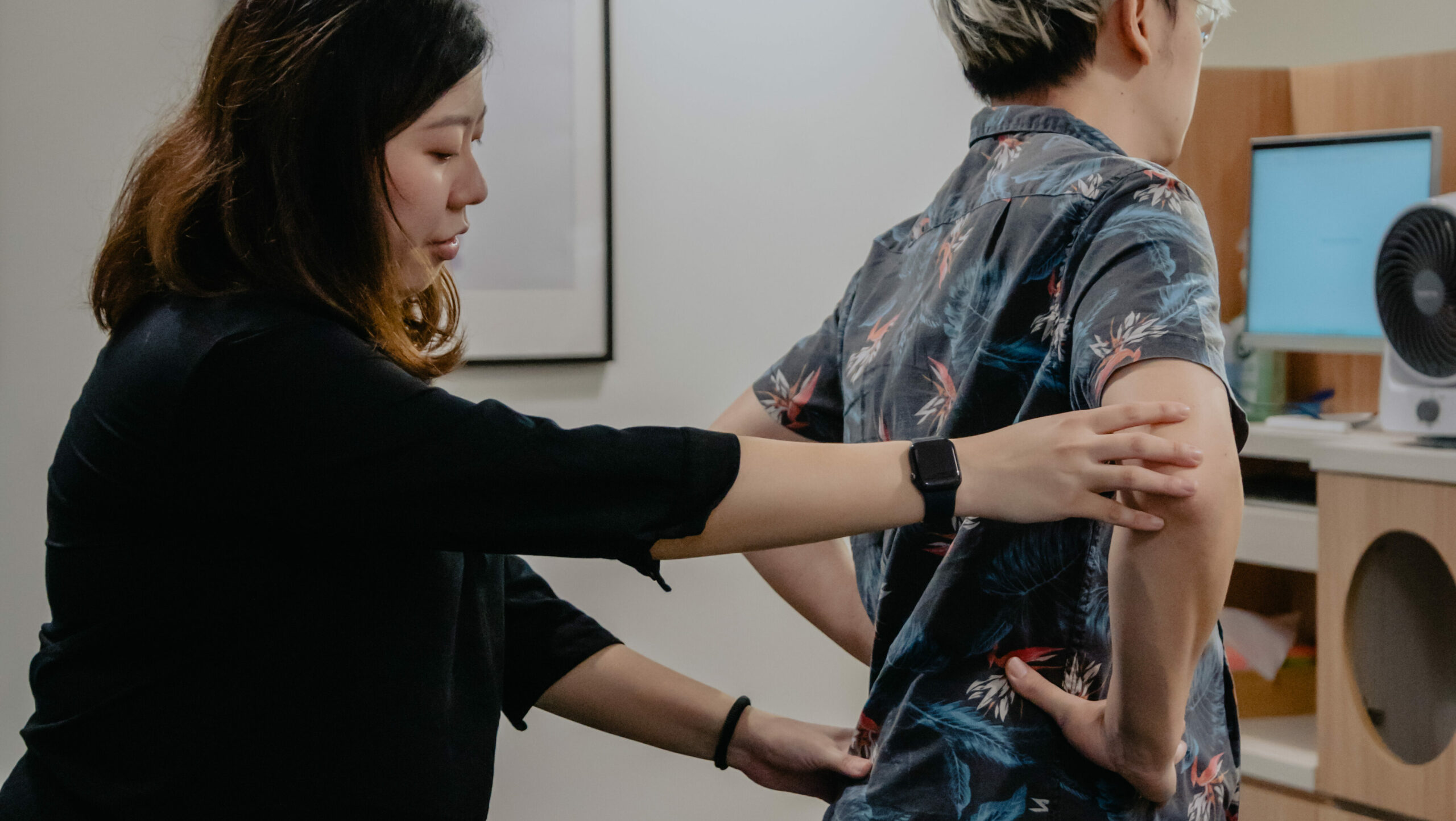
No, you shouldn’t. Here’s why!
First, most cases of scoliosis do not require spinal surgery. Next, time is a critical factor in play. It’s far easier to manage a mild case of scoliosis than an acute case. Thankfully, in Singapore, we have early detection measures in place.
Approximately 2% of adolescent children were diagnosed early before their scoliosis became worse.
For those who are diagnosed with scoliosis, what’s next? Well, there are 2 ways around this:
This is where doctors order periodic X-ray screenings to monitor the progression of the spinal curvature. This approach is less invasive and allows patients to assess if the condition is stable or worsening before considering more aggressive treatments.
This approach involves chiropractic care, which focuses on regular spinal adjustments to maintain the spine’s alignment and potentially prevent scoliosis from worsening. This non-invasive option aims to alleviate discomfort and improve the overall health of the spine through manual therapies and may be suitable for individuals seeking holistic, drug-free alternatives.
There are no right or wrong approaches. It really depends on your risk appetite. While we have seen cases where people were relieved that their scoliosis does not seem to be worsening, we have also seen the flip side where people regret not taking action earlier.
No, it doesn’t.
Women with scoliosis are just as able to deliver healthy babies. While pregnancy isn’t pain-free for any mom, moms with scoliosis may experience increased rates of back pain or breathing difficulties.
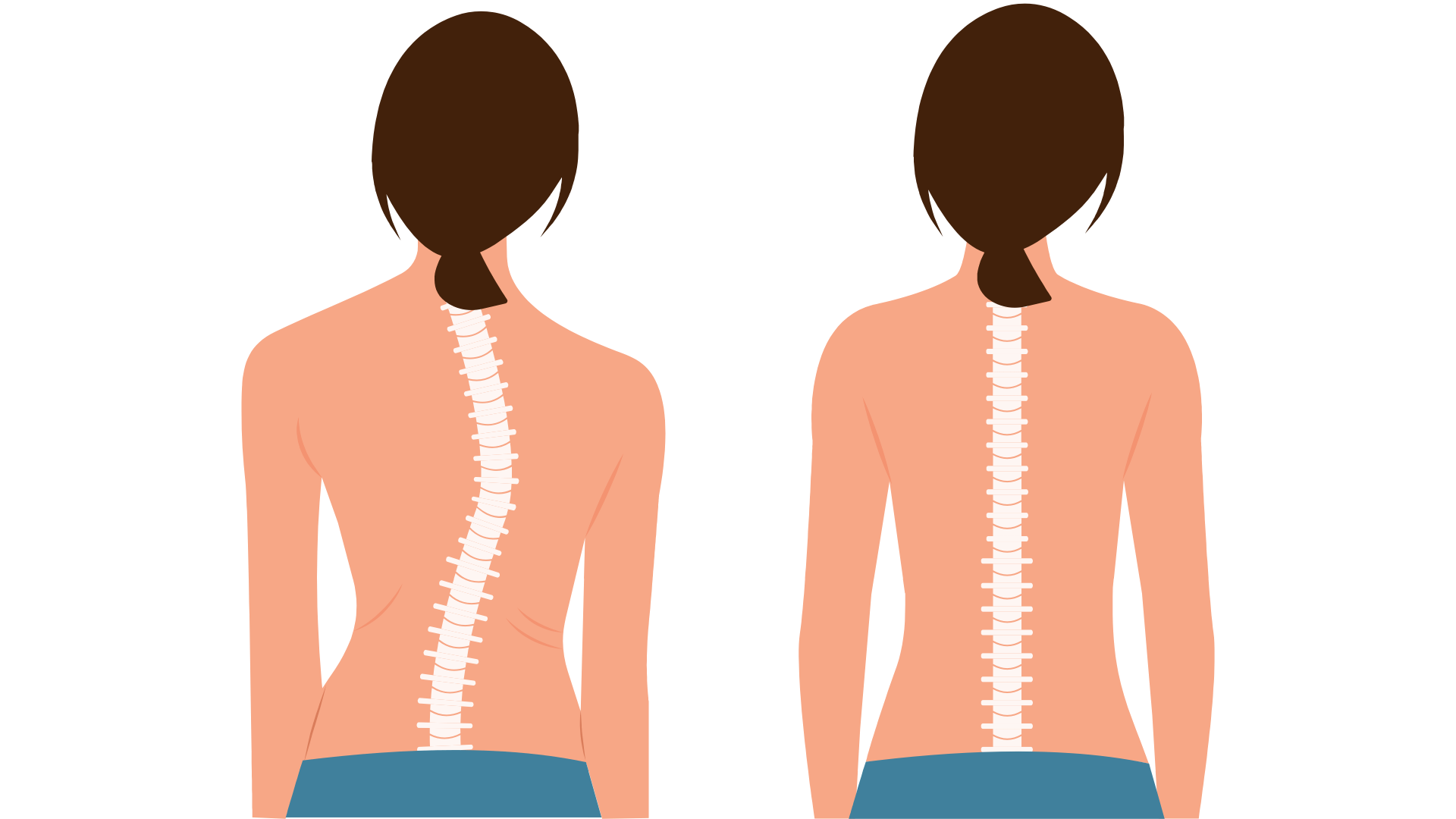
In most cases of scoliosis, a spinal-fusion surgery is not necessary. However, in the event that your scoliotic curve is greater than 40-45 degrees, more invasive treatment methods have to be implemented to control it.
Depending on the type and severity of your scoliosis, the surgeon will attach screws and rods parts of your spine to forcibly straighten and align it. Though effective, there are some things you should be aware of.
Every surgery has its risks. We recommend going to see a surgeon to understand all medical risks related to the surgery based on your condition. Besides medical risks, here are other considerations when thinking about a spinal surgery:
Spinal-fusion surgery is a very complex surgery. Every case of scoliosis is different and there are many variables that can affect the cost of spinal-fusion surgery. In Singapore, the estimated price ranges between USD7,200 and USD10,500.
In a study by Mayo Clinic, patients who undergo spinal surgery have a higher risk for postoperative depression than patients treated for other surgical or medical conditions known to be associated with depression.
In Dr Subach words, “The likelihood of depression occurring in postoperative period has to do with two factors. The first is the duration of symptoms prior to treatment, and the second has to do with success relief of the pain. When the symptoms persist for a long period of time prior to surgery, the patient often comes in with some signs of depression and resignation to having the pain.”
Inevitably, with the metal parts that are attached to your spine, patients who undergone spinal fusion will experience decreased range of motion. The question is how much?
Well this depends on how many levels of your spine were fused and at which level. Typically, the L4-5 and L5-S1 levels tend to provide the most motion in the low back.
Just like crooked teeth, physical misalignments require physical interventions to correct them. Brushing your teeth everyday will not straighten your teeth.
Exercise cannot treat scoliosis and the physical misalignment of the spine. Exercise may help improve posture and range of motion, but itself cannot change the curvature.
Wearing a brace can be a part of scoliosis treatment, but it is not a definitive cure. Bracing is often recommended for individuals with moderate scoliosis, as it aims to slow down the progression of the spinal curvature, primarily in growing adolescents.
However, it’s essential to note that bracing is not a one-size-fits-all solution, and its effectiveness can vary from person to person. While braces can be uncomfortable, particularly in hot and humid climates like Singapore, they are designed to be worn for a significant portion of the day.
More severe cases may require surgical intervention or other treatment modalities, and the decision on whether to use a brace should be made in consultation with a medical professional, taking into account individual circumstances and the severity of the condition.
Scoliosis is a progressive condition. The key to treating a progressive condition is to stay ahead of its progression. Chiropractic is a proactive approach that focuses on physical adjustments to address misalignments in the spine. With regular adjustments, we have had positive feedback from our practice members with scoliosis during their duration of care, but results really depend on:
Chiropractic is a non-invasive and drug-free approach towards pain-relief and prevention of the spinal curvature from getting worse.
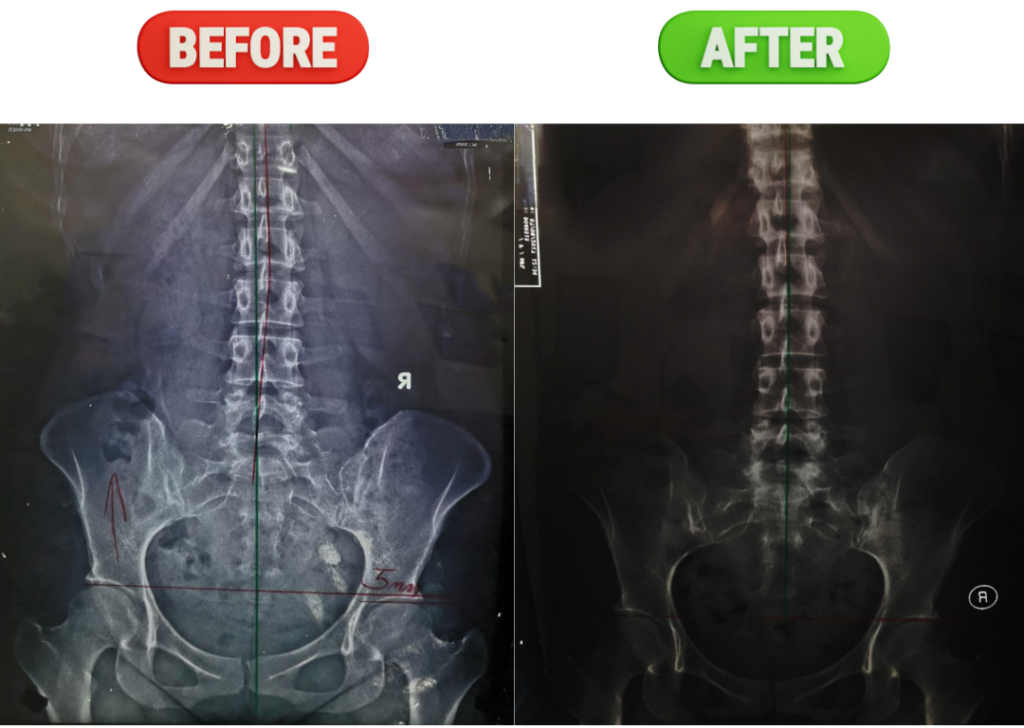
Yes, we have practice members who have undergone a spinal surgery before and continue to benefit from chiropractic care.
Having a previous spinal surgery can limit your range of motion, and affect your overall spinal health. It is important to let our chiropractors know that you have gone through surgery before, and details of the surgery.
During the adjustment, the chiropractor will take note not to adjust the area affected by the surgery.
In Singapore, the School Health Services (SHS) of the Youth Preventive Services Division (YPSD) visit schools annually to provide health screenings, which include screening for scoliosis.
This is when your child may discover that they have scoliosis.
However, if your child or you notice symptoms of scoliosis before the health screening, you should get a check-up as soon as possible to understand if you have, and the severity of your scoliosis.
At Chiropractic Singapore, we will require X-rays to assess the degree of the spinal curve and stage of growth of the spine (for children). Our chiropractors are trained to diagnose scoliosis and recommend if and how chiropractic can help.
Note: The above information is not a substitute for a diagnosis or any form of medical care. Symptoms and treatments differ from person to person, and one should consult a chiropractor for an accurate diagnosis and recommendation.
Enjoy $55 off your first check-up (U.P. $105) using the promo code ONLINE50 at check-out.
Pssst… is it your birthday this month? Click here for an exclusive deal 
Enter your e-mail to start the booking process.
Note: X-rays and the first adjustment are not included in this promotion. For the safety of our patients, there will be no adjustments during the first visit.